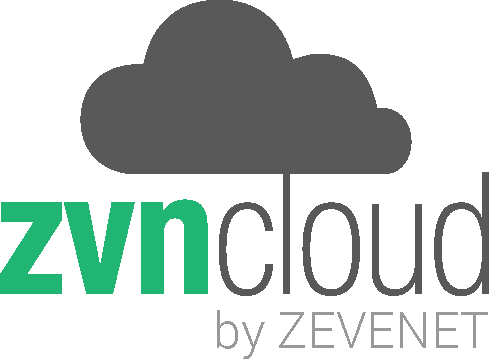Under this section you’ll be able to manage the LSLB (Local Service Load Balancing, mainly TCP/UDP/SCTP/HTTP/HTTPS based apps) farms module.
This Module is able to manage two different kind of Profiles.
- L4XNAT: This profile is able to manage traffic as a Router, analyzing connection data like IPs and Ports, it manages traffic TCP, UDP and FTP, TFTP or SIP.
- HTTP[S]: This profile is able to manage traffic as a Reverse Proxy, analyzing HTTP protocol data, like HTTP Headers, Cookies, SSL traffic and more.
Content table.

The fields shown per farm are described below.
- Farm Name: Descriptive name for the farm, this value will be unique in all the virtual services created.
- Virtual LB: Descriptive name of the Virtual Load Balancer that contains the Farm.
- Profile: The configured profile for the given farm, available profiles for LSLB module are: http, https and l4xnat.
- Virtual Ports: Port that is managing the traffic, it is also now as virtual port.
- Status: The status for the given farm, the available values are UP (green bullet), DOWN (red bullet) or RESTART NEEDED (orange bullet). When the status is UP the farm is running and is able to manage the traffic in the configured virtual IP and PORT(s). If the status is DOWN the farm is stopped and the incoming connections rejected. If the status is RESTART NEEDED the farm has changes but still not applied, a restart is required to apply the new changes.
- Actions: The available actions/icons for every farm in the table are the following:
- Edit. Change the basic and advanced options for farm, create new services and apply changes to the backends.
- Restart. The Farm will be stopped and started automatically.
- Stop. This action is only available if the farm is running and all the traffic managed by this farm will be dropped once the button is pressed. The PORT will be released so, it will be able to be used by another profile.
- Start. This action is only available if the farm is stopped, the service will bind to the configured IP and PORT and hence the traffic through them will be handled by the farm.
- Delete. The Farm will be stopped and all the configuration will be deleted. The IP and PORT will be released so it could be used by another farm.

Comments